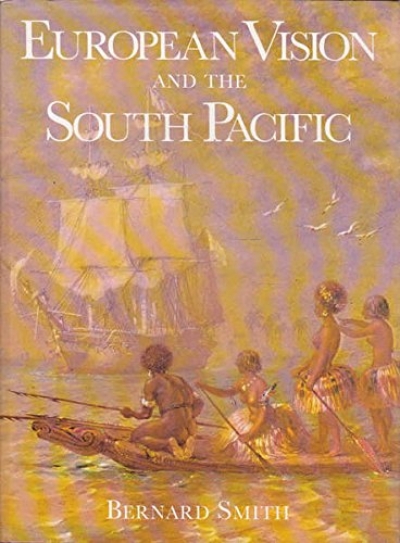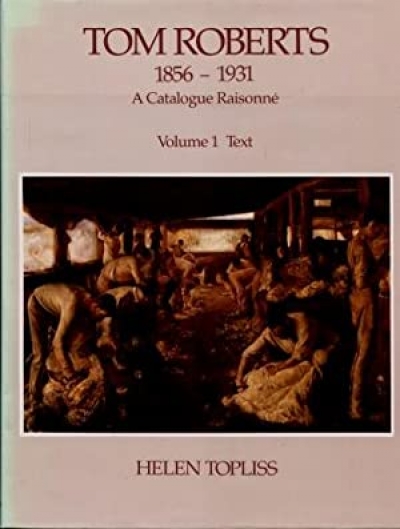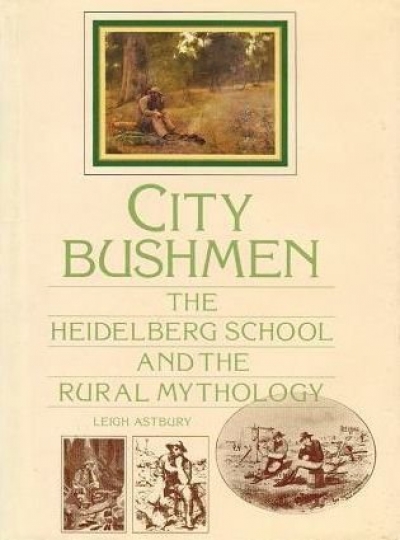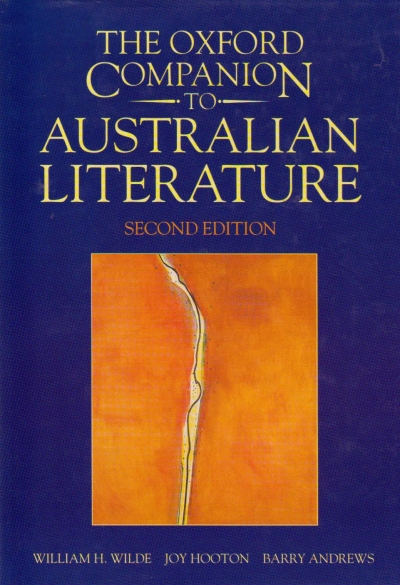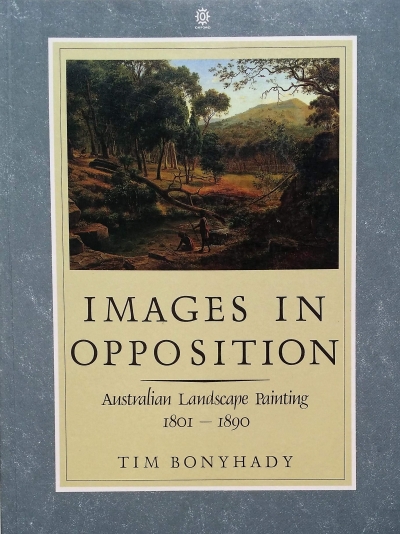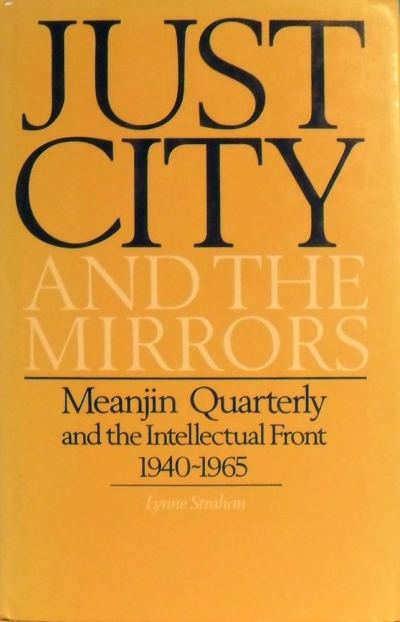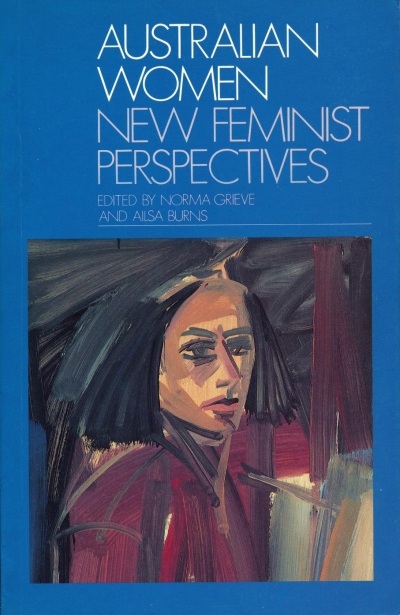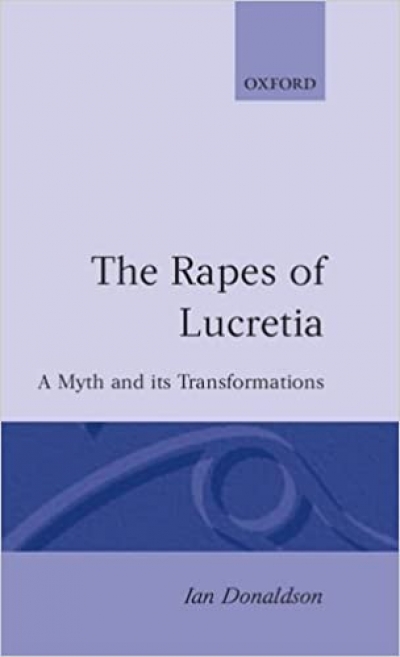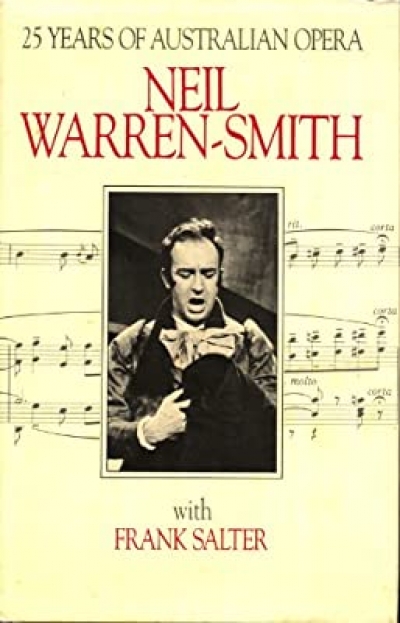Oxford University Press
Tom Roberts 1856–1931: A catalogue raisonné by Helen Topliss
by Jim Davidson •
City Bushmen: The Heidelberg School and the rural mythology by Leigh Astbury
by Jane Clark •
The Oxford Companion to Australian Literature edited by William H. Wilde, Joy Hooton, and Barry Andrews
by John Hanrahan •
Images In Opposition: Australian landscape painting 1801–1890 by Tim Bonyhady
by Leigh Astbury •
The Typewriter Considered As Bee-trap by Martin Johnston & Fast Forward by Peter Porter
by Evan Jones •
Just City and the Mirrors: Meanjin Quarterly and the intellectual front, 1940–1965 by Lynne Strahan
by John McLaren •
Australian Women: New feminist perspectives by Norma Grieve and Ailsa Burns
by Delys Bird •
The Rapes of Lucretia: A myth and its transformations by Ian Donaldson
by Dennis Pryor •
25 Years of Australian Opera by Neil Warren-Smith with Frank Salter
by Harold Love •

